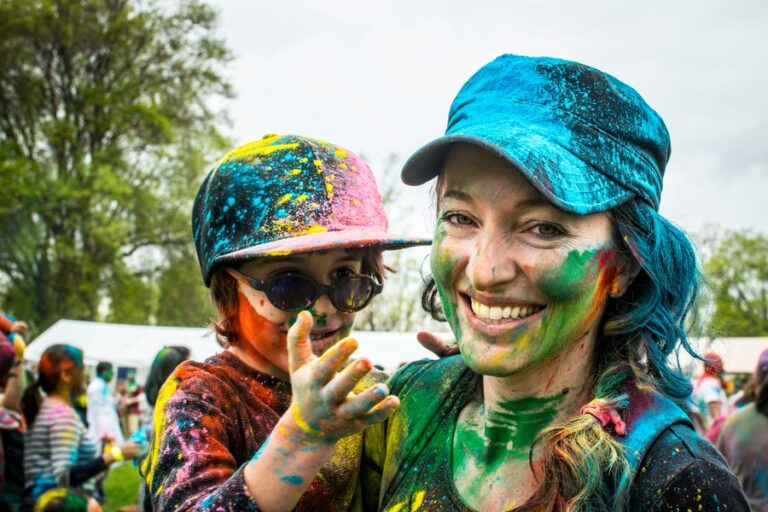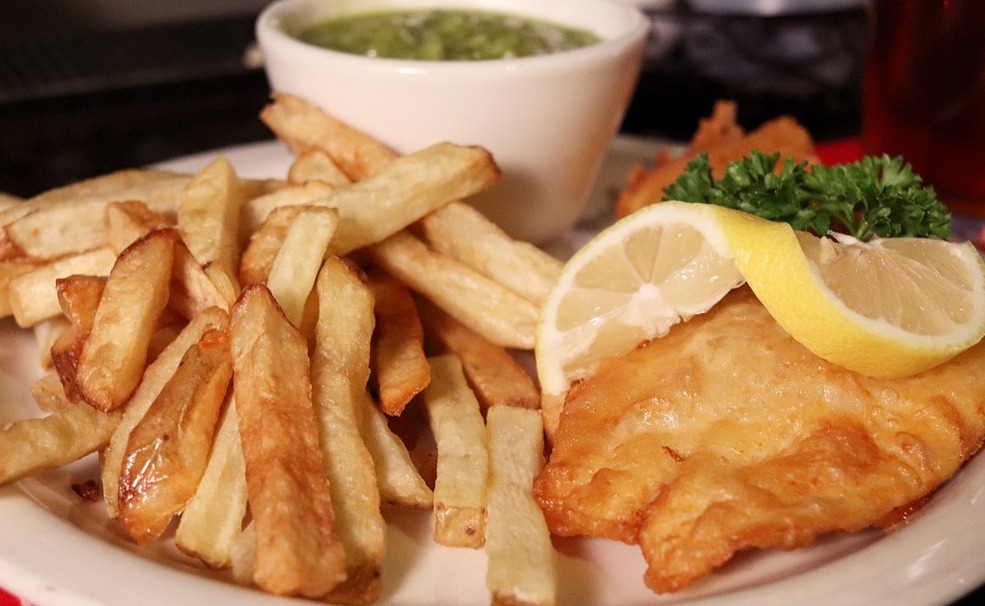Starting early & setting a target key to successful fundraising for event participants

The most successful event fundraisers start six months out from event day, with four in ten (38%) of those raising £3,000 or more. In contrast, just 8% of those who started fundraising a month from the event hit the £3,000 mark, according to new research.
The annual Mass Events research report from Enthuse also highlights the value of setting a fundraising target. Nearly nine in ten (86%) mass event fundraisers who set a target hit it with half of them going on to exceed it. 70% of fundraisers with a target raised more than £500 compared to 38% without one.
The research studies three audiences: distance runners – those taking part in events longer than 10K; people taking part in charity branded events including running, walking and cycling in the last year; and donors – those who have given in the past year to people taking part in events and fundraising.
Advertisement
How much people raise
Looking at how much fundraisers in mass participation events raise, Enthuse found that:
- 39% raise up to £500 per event
- 48% raise between £500 – £3,000 per event
- 13% raise £3,000+ per event
The number of fundraisers raising £500-£3,000 is up seven percentage points on last year, growing from 41% to 48%, while the number raising £3,000+ has risen from 11% to 13%.
Key motivators for event participation
According to the research, one in four (23%) people say they are committed to participating in a charity event in the next 12 months. Among 18-34 year olds, 14% have already signed up with 19% planning to.
Raising money for charity is a key motivator. 64% of charity event participants were motivated to take part because of the opportunity to raise funds. For distance runners, this is also a significant driver of participation with 56% stating this led them to sign up for their event.
Taking part with friends and socialising are also drivers for both of these groups, with 40% of charity branded participants and 30% of distance runners getting involved because they had a friend taking part.
Reasons for donating
When it comes to reasons why people choose to donate, the cause that’s being run for is the most important consideration. 44% of people say they donated to a mass event participant because they support the cause or charity. 21% didn’t donate, because they either forgot (13%) or didn’t have time when they got the request (8%).
Participant support
Enthuse also asked about preferred communication methods for fundraiser support, with email (48%) and website (43%) leading the way, and 20% liking phone calls. Opportunities to connect with other participants, either through WhatsApp groups (39%) or online (34%) are also valued, with people looking for a sense of community.
Spreading the word
When looking at how fundraisers spread the word, posting about the event on social media is the most popular with 43% saying they do this, and 35% say they share their personal story online about why they are taking part. Other popular activities include asking for donations at clubs or teams that someone is a member of (40%) and asking employers for support (38%).
Nearly a third (30%) of fundraisers who post every day or more raise more than £3,000 – double the amount who post most days (15%), and triple those who post every 2-3 days (9%) or weekly (7%).
More than a third (34%) also want to be supported through apps that track fundraising, and 51% of participants said that apps made it easier for supporters to donate.
Commenting on the findings, Chester Mojay Sinclare, CEO and Founder of Enthuse, said:
“Mass participation events are leading the way for third sector fundraising income. They’re a staple for charities and it’s fantastic to see so many people committed to taking part in the next 12 months. Importantly for the sector, fundraising for a good cause is at the heart of why people choose to get involved in an event or give to someone who is. The difficulty of the event isn’t necessarily the main driver for donations.”
“Mass participation events provide an opportunity to do something memorable solo or as part of a team, and the research shows that the community element of these events is a major factor in people choosing to get involved. It’s important for charities to offer their fundraisers the ability to fundraise as part of a team to make the most of this. And encouraging participants to start fundraising as early as possible will also be beneficial. The sooner you start, the more you raise.”




